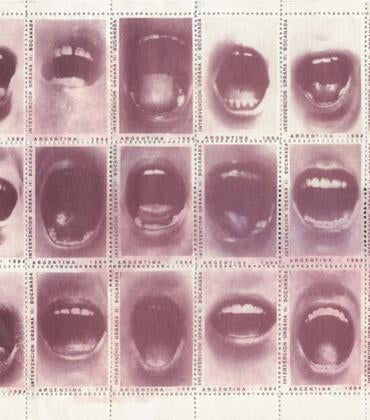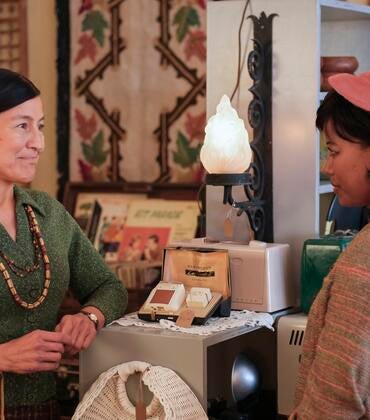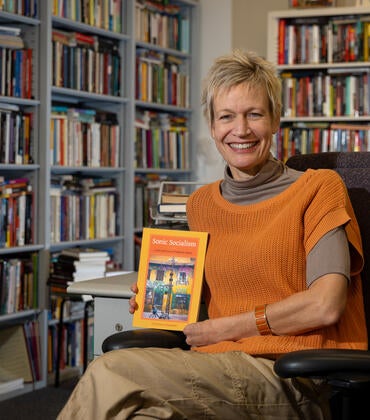It may be hard to remember a time when images weren’t readily available on the internet. But back in the early 2000s, the online photography collection of photojournalist Jim Steinhart was one of the first and largest to make high resolution images available for licensing and download, offering visitors access to thousands of images amassed over his years traveling the world.
Steinhart’s Travel Photo Base showcases his photography from the 1960s to present, spanning 80 countries and over 50 years of history that can no longer be recaptured: imagery including The Berlin Wall, former Soviet Union, Tibet, indigenous villages in Papua New Guinea, and several world’s fairs.
He first became interested in photojournalism as a student at UC Berkeley in the 1960s while working as a photographer for the university’s newspaper, The Daily Californian, and the former California Pelican humor magazine. Steinhart’s interest in creating what would eventually become Travel Photo Base began in the 1980s, spurred by the loss of his uncle’s life’s work — including historical documentation of early Silicon Valley — which was destroyed after his death.
“I set up TravelPhotoBase.com to allow those interested in the world to see my photos as a comprehensive record of what mankind and nature have created,” he said.
Steinhart, who spent much of his career in computer programing, developed Travel Photo Base in the early 2000s and launched it in 2003. The website was one of very few resources cataloging and indexing images from around the world in a navigable format accessible to early internet users. According to Steinhart, about 2 million images were downloaded each month before image databases became readily available online.
Steinhart and his wife, Georgia, have pledged to donate his immense photography collection — consisting of roughly 250,000 original photographic images — to the California Museum of Photography. The couple have also established a $500,000 endowment. The Jim and Georgia Steinhart Photography Collection and endowed fund represent both the museum’s first born-digital photography collection and UCR ARTS’ first-ever endowment.
The Steinharts said the California Museum of Photography’s historical collections covering similar geographical subjects made it a natural choice to house their own photos, which will expand the scope of the museum’s holdings into the 20th and 21st centuries.
“Jim Steinhart’s widespread travels make this collection akin to our historic Keystone-Mast Collection — our most utilized collection — which documents the world between the 1880s and 1930s and is of keen research interest to scholars worldwide,” said Leigh Gleason, director of collections for the museum. “His experience as a professional photojournalist ensured careful, thoughtfully composed photographs that we see as a collection that will resonate with researchers of the future, as Keystone-Mast already has.”
The Steinharts also recognized UCR ARTS’s interest in addressing the challenges of digital stewardship and curation of electronic photography — a pressing issue for all institutions as digital technologies continue to evolve.
“Realizing that any collection requires ongoing support, we have also set up an endowed fund for our collection and to help with the intake of future electronic collections,” Steinhart said.
According to Gleason, maintaining digital collections in perpetuity can be just as expensive as maintaining an analog collection. This includes storage and staffing costs associated with any collection, as well as the unique problems presented by digital collections that institutions are only now starting to grapple with.
As software and file formats change over time, museums must ensure digital files are saved and properly backed up, kept current and accessible, and that their integrity is maintained. Currently, no long-term solutions have been determined.
“Museums and archives everywhere are concerned with this problem, and many are still in a position where they are essentially opting out of collecting born-digital material because they do not feel well positioned to ensure the long-term care of these items,” Gleason said. “The endowment from the Steinharts will allow us not only to ensure the proper care and keeping of their collection, but to look at this problem more widely, at our institution and beyond, and be an active participant in coming up with solutions for digital photo collections.”
The Steinharts’ gift also opens the door for a much broader ability to collect born-digital material and ensure that the museum can navigate the long-term care for those items, Gleason said. As a permanent endowment, their gift will also provide a reliable source of income in perpetuity independent of economic forces.
“This endowment will ensure that we have the funds to continue our education and keep up with the field as it changes,” Gleason said. “We are deeply fortunate that Jim and Georgia Steinhart keenly understand that there are real costs associated with storing a collection in perpetuity.”
Learn more about the extensive collections available at the California Museum of Photography on the UCR ARTS website. To learn about ways to support UCR, including UCR ARTS, visit giving.ucr.edu.
Header Image: Fisherman against skyline of Leningrad, USSR, now Saint Petersburg, Russia, 1988 (Courtesy of Jim Steinhart)



